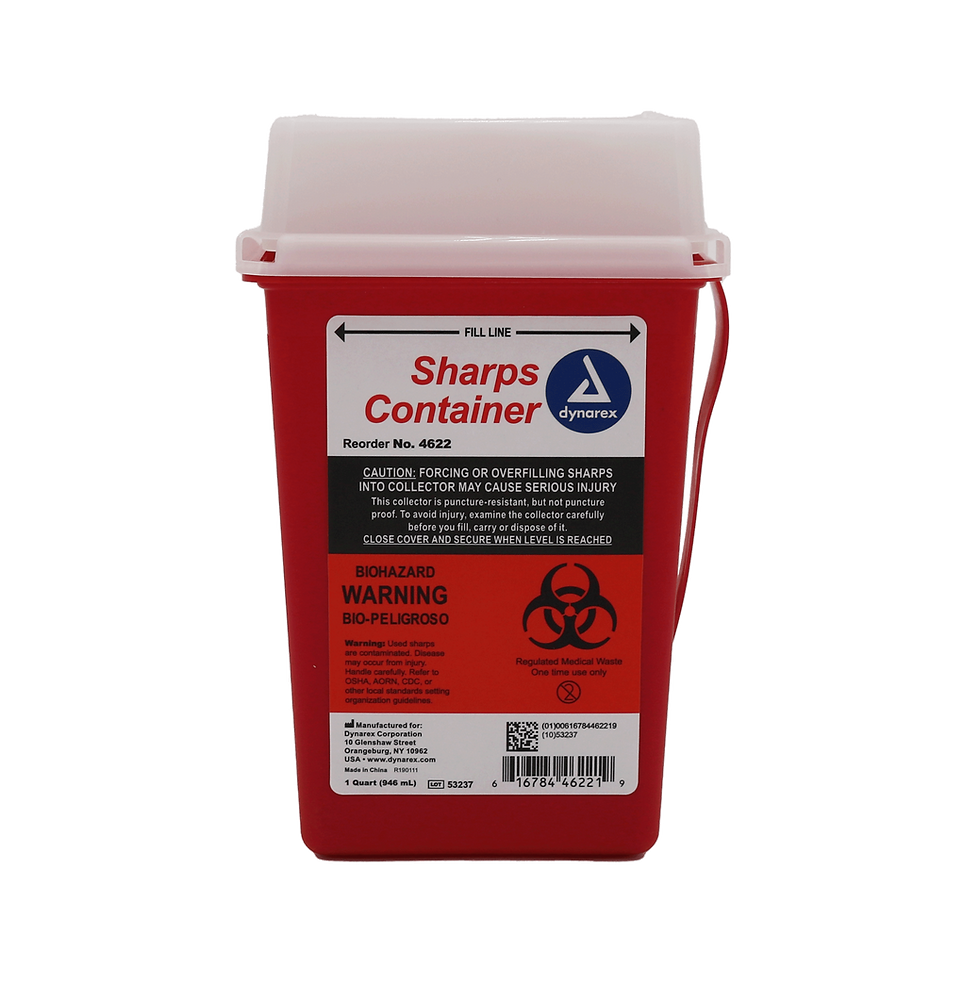Understanding the Basics of Emergency Medical Services
- Chief 322

- Jun 4
- 3 min read
Emergency Medical Services (EMS) are critical to the healthcare system, providing immediate care to those in need during medical emergencies. In this blog post, we will explore the foundations of EMS, delve into its components, and highlight the importance of effective training for all personnel involved.
EMS Basics
Emergency Medical Services is more than just ambulances rushing to emergencies. It involves a coordinated effort that includes trained personnel, equipment, and protocols to ensure that patients receive rapid and effective care. The goal is simple: to save lives.
For example, according to the National Highway Traffic Safety Administration (NHTSA), over 135 million emergency medical calls were made in the United States in 2020 alone. This statistic underscores the high demand for EMS and the need for efficient operations.

Components of EMS
Understanding the structure of EMS helps grasp its importance. EMS typically consists of three key components:
Emergency Medical Responder (EMR): These are the first responders, often firefighters or police officers, who are trained to provide basic life support until professional help arrives. They assess the patient’s condition and begin life-saving measures if necessary.
Emergency Medical Technicians (EMTs): EMTs provide advanced care in more serious situations. They have a broader skill set, including administering medications and using equipment, such as defibrillators. EMT training equips them to handle various emergencies effectively.
Paramedics: Paramedics undergo more extensive training and can provide advanced medical procedures. They can perform intubations, administer complex medications, and provide critical care.
These layers ensure that regardless of the situation, there is a team ready to respond effectively.

The Importance of EMS in Communities
The presence of effective EMS teams can dramatically alter patient outcomes. For instance, studies show that in areas with rapid EMS intervention, patients have a higher survival rate from cardiac arrest compared to those with delayed response times. Swift action can make a life-saving difference.
Additionally, EMS plays a vital role in public health. Consistent training and updates help EMS teams to offer public education programs to increase community awareness of first aid and emergency response techniques. For example, community CPR courses led by EMS professionals can empower citizens to act in emergencies before official services arrive.

EMS Training
Proper training is paramount for all EMS personnel. They must be prepared for a range of situations, from heart attacks and car accidents to natural disasters. EMS training programs offer certification for different levels of responders and emphasize the importance of practical, hands-on experience.
There are various EMS training courses available that cater to different needs. For those looking to gain foundational knowledge, basic courses may suffice, while more advanced practitioners will benefit from specialized programs. For further information on EMS training, check out this link.
A continuous education approach is also vital. Regular drills and refresher courses ensure that staff stay updated on the latest protocols and equipment handling. This training aspect builds team cohesion and improves response efficiency, which can ultimately save lives during critical situations.
Technological Advancements in EMS
In recent years, technology has revolutionized EMS. Equipment such as portable defibrillators, advanced automated systems for dispatch, and mobile data terminals allow for quicker decision-making and improved patient outcomes.
Furthermore, telemedicine is emerging within EMS operations, enabling paramedics to consult with doctors remotely. This innovation ensures that patients receive the appropriate level of care even before reaching the hospital.
Moreover, software systems have enhanced the way EMS departments manage resources and data. Real-time tracking helps optimize response times, ensuring that ambulances are deployed efficiently based on the location of the emergency.
The Future of Emergency Medical Services
Looking ahead, the future of EMS will likely involve even more technological integration and community-oriented services. As healthcare continues to evolve, so will the role of EMS teams. They may increasingly shift from being merely responders to proactive health advocates in communities.
Training programs will continue to adapt, incorporating virtual reality scenarios and simulation-based learning to prepare personnel for real-life situations. Emphasizing mental health training will also become critical as EMS professionals often encounter traumatic events.
The landscape of emergency care is changing, but the core mission remains the same: to save lives. By investing in training, technology, and community relations, EMS will continue to thrive and adapt to the needs of society.
Final Thoughts
Understanding the basics of Emergency Medical Services is essential for appreciating their role in our communities. From the responders who are often first on the scene to the technological advancements shaping how we deliver care, EMS is a dynamic field requiring ongoing education and improvement.
By recognizing the value of EMS and supporting ongoing training efforts, we can contribute to better health outcomes and a more resilient healthcare system. Always remember, whether you are part of the EMS community or just a concerned citizen, knowing the basics can make a significant difference in an emergency situation.





Great article! It really explains the basics of emergency medical services in a clear and simple way. Understanding how Weekend Doctor Service (arzt wochenenddienst) works is so important for anyone needing care outside normal hours. This information helps people feel more prepared and confident when seeking medical help.